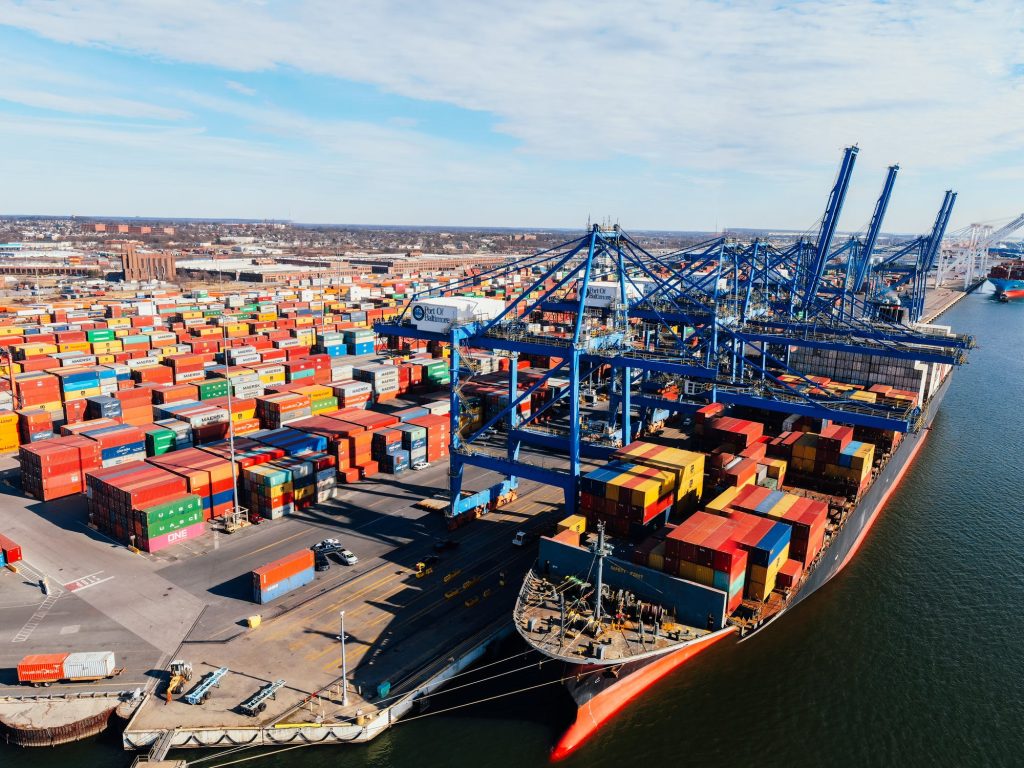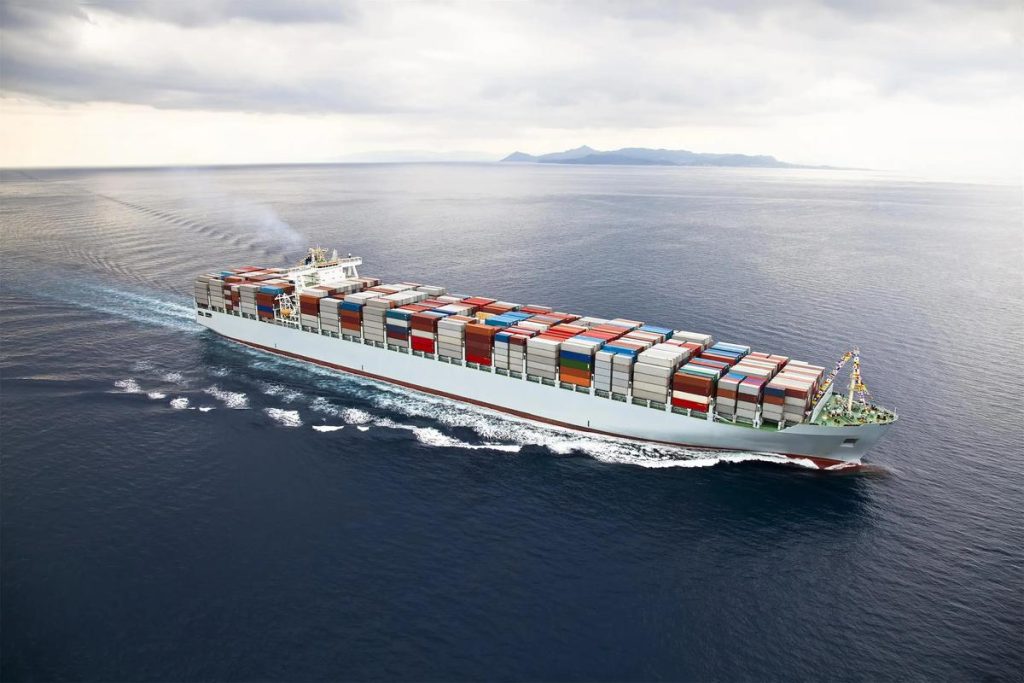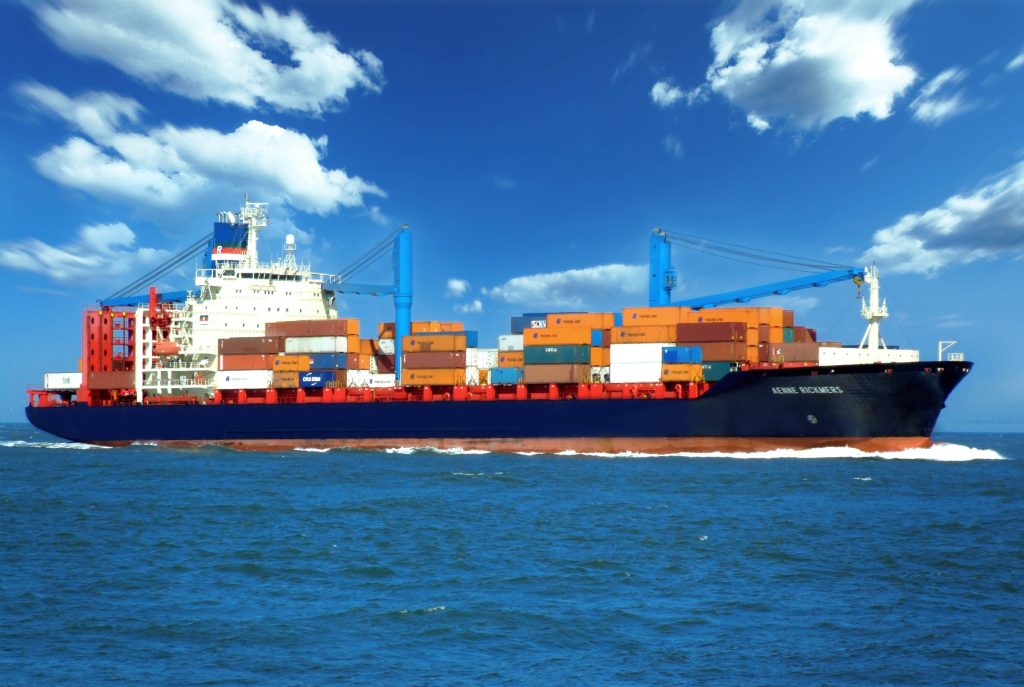


Saint Lucia, a vibrant Caribbean island nation, is gaining traction as a strategic market for Chinese exporters due to its growing tourism, agriculture, and renewable energy sectors. However, its remote location, limited infrastructure, and vulnerability to natural disasters pose unique challenges for China-to-Saint Lucia freight forwarding. This article outlines actionable strategies, regional nuances, and emerging trends to optimize logistics for businesses entering this emerging Caribbean market in 2024.
- Transportation Routes and Modalities
Saint Lucia’s geographic isolation necessitates reliance on regional hubs and multimodal solutions:
- Maritime Shipping: Most cargo arrives via regional ports like Port Castries (Saint Lucia’s main port) or transshipped through neighboring islands such as Barbados, St. Vincent, or Trinidad and Tobago. Direct China-St. Lucia sailings are rare, leading to transit times of 35–60 days. The Panama Canal remains critical for Asia-Caribbean routes.
- Air Freight: Limited capacity due to St. Lucia’s George F.L. Charles Airport, which handles regional flights. High-priority shipments often transit through San Juan (Puerto Rico) or Bridgetown (Barbados).
- Multimodal Challenges: Road transport from regional ports to St. Lucia requires coordination with local distributors, as the island’s mountainous terrain complicates inland distribution.
- Key Challenges in China-Saint Lucia Trade
Freight forwarders face three core obstacles:
- Infrastructure Gaps: Port Castries’ limited berthing capacity and warehousing shortages increase cargo handling delays, especially during peak tourist seasons.
- Regulatory Hurdles: Compliance with CARICOM Common External Tariffs (CET), Saint Lucia’s AEO (Authorized Economic Operator) requirements, and strict phytosanitary rules for agricultural imports.
- Climate Risks: Hurricane season (June–November) disrupts port operations and supply chains, demanding robust contingency planning.
- The Role of Freight Forwarders in Simplifying Logistics
Specialized forwarders add value by:
- Regional Hub Coordination: Partnering with trusted carriers in Barbados or Trinidad to streamline transshipments and minimize delays.
- Customs Expertise: Preempting CARICOM compliance issues, such as certificates of origin and FDA/USDA documentation for U.S.-bound goods via St. Lucia.
- Risk Mitigation: Offering hurricane insurance and rerouting options to nearby islands like Martinique during emergencies.
- 2024 Trends Shaping China-Saint Lucia Trade
- Digitalization of Customs: Adoption of the CARICOM Single Market (CSM) e-clearance system to reduce paperwork and speed up approvals.
- Sustainability Focus: Growing demand for eco-friendly packaging and carbon-neutral shipping to align with Saint Lucia’s goal of net-zero emissions by 2050.
- Renewable Energy Imports: Increasing shipments of solar panels and wind turbine components to support the island’s energy transition.
- Choosing the Right Freight Forwarder
Businesses should prioritize providers with:
- Local Partnerships: Knowledge of Port Castries’ congestion patterns and relationships with local distributors.
- Multimodal Flexibility: Experience managing transshipments via regional hubs and last-mile delivery in St. Lucia’s rugged terrain.
- Crisis Preparedness: Contingency plans for hurricane disruptions, including warehousing alternatives in Barbados or St. Vincent.
Conclusion
China-to-Saint Lucia freight forwarding requires a delicate balance of regional expertise and global logistics agility. By partnering with forwarders adept at navigating CARICOM regulations, seasonal climate risks, and multimodal complexities, businesses can unlock opportunities in Saint Lucia’s booming construction, agriculture, and renewable energy sectors. As digital tools and sustainability reshape Caribbean trade, strategic partnerships will be essential for reliable cross-border commerce in this emerging market.
Meta Description: Navigate China-to-Saint Lucia freight challenges in 2024. Learn regional compliance tips, hurricane resilience strategies, and how to partner with specialized logistics experts for seamless Caribbean trade.*
